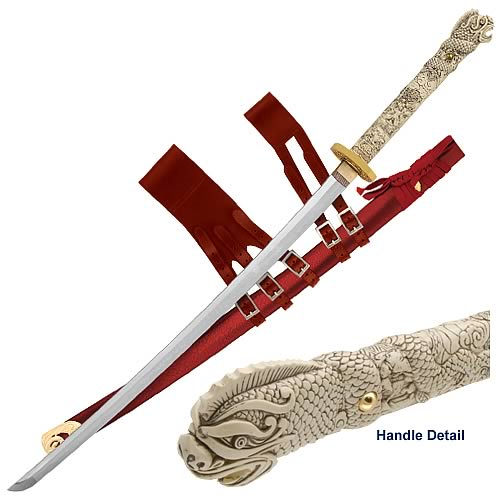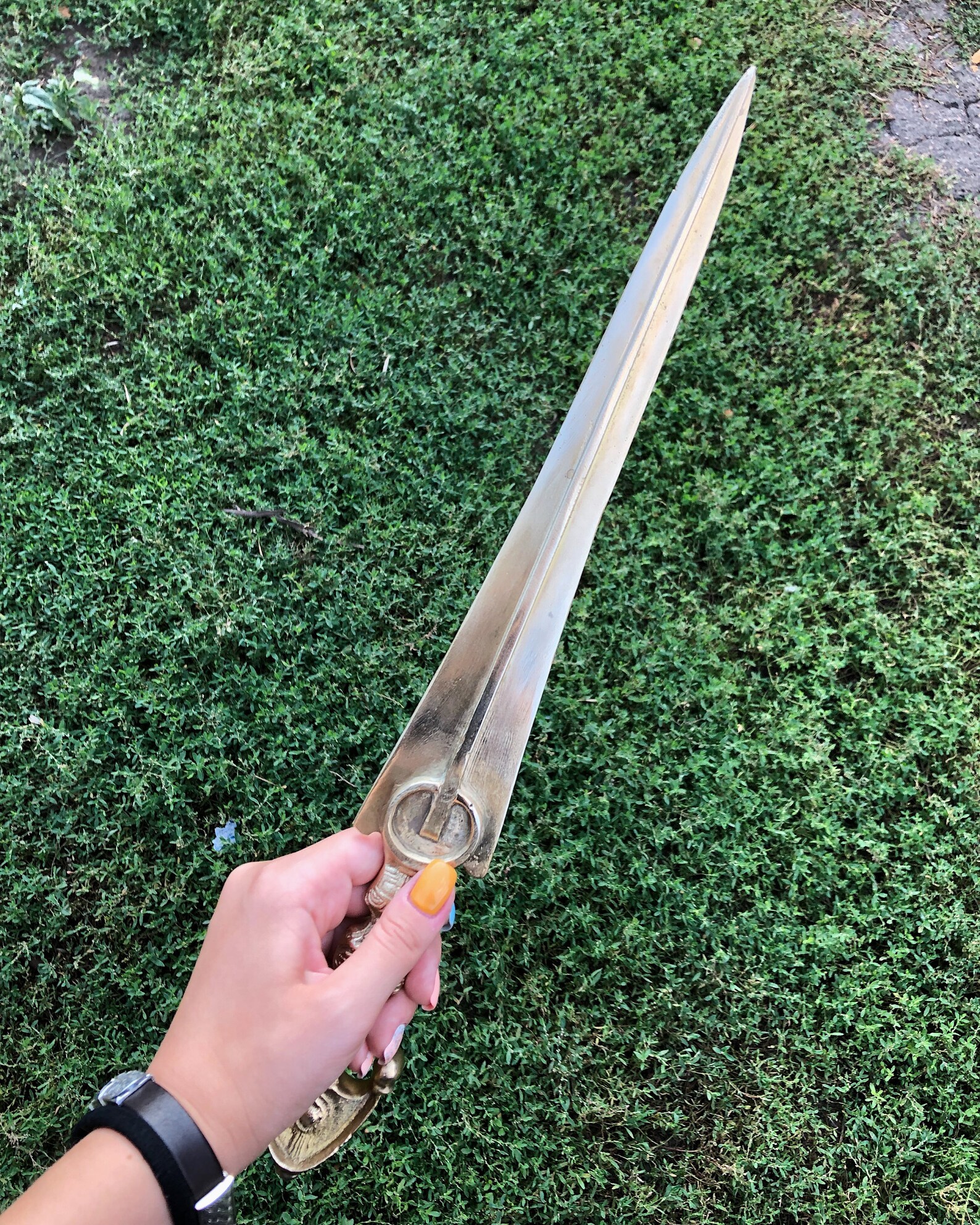
Genuine traditional Japanese katanas, on the hand, are designed with a razor-sharp edge. Rather, they are used as display models for decorative purposes. This is due to the fact that they are designed for actual use. You'll probably discover that many mass-produced katana replicas feature a blunt or semi-blunt edge. Replica katanas mass-produced today feature a lower-quality steel that lacks the strength of tamahagane steel.

In other words: the perfect match for a no-strings fake romance. She’s available, dependable, and has sworn off men for the rest of her natural born life. Enter waitress Norah Peersa nobody who’s average with a capital A. Known as tamahagane steel, it features a high carbon content to achieve a superior level of strength. When a scandal tarnishes the reputation of hot as hell A-lister, Patrick Walsh, he needs a reputation rescue, pronto. A good replica sword should not bend, not break, and cut well. Many martial artists utilize katana replicas for tameshigiri or test cutting to preserve the blades of real Japanese samurai swords. It wasn't just the katana's curved, single-edged blade that made it a formidable weapon. Fake katana and replicas are not constructed from tamahagane, but many are made from high-quality steel such as high carbon steel, spring steel, and damascus steel. One of the most telltale feature of a genuine traditional Japanese katana is the use of a high-quality steel. However, it was still short enough to make the katana easy to handle and maneuver. Spanning almost 2 feet, the katana's blade was long enough so that samurai warriors could engage their opponents from a safe distance. Traditionally, Japanese bladesmiths designed the katana with a relatively long blade measuring about 23.5 inches (60 cm). Measuring the blade can often reveal whether a katana is authentic. Any sharp objects in checked baggage should be sheathed or securely wrapped to prevent injury to. To accommodate two-hand usage, however, bladesmiths would design the katana with a long grip, also known as a tsuka. Cutting or thrusting weapons, including fencing foils. This allowed samurai warriors to perform stronger, more forceful strikes. While other swords were designed for one-hand usage, the katana was designed for two-hand usage.

Traditional Japanese katanas also featured a long grip so that samurai warriors could wield it using both hands. Modern katanas manufactured within the past 50 decades typically lack the bladesmith's signature.

The purpose of the signature was to reveal who exactly made the katana, thus promoting the bladesmiths skills and abilities. Normally, samurai warriors would wear the katana with the signature facing away from their body. Replica Japanese swords are the replicated products of the Japanese sword, Katana. So, how do you spot the difference between an authentic traditional katana and a replica?ĭuring feudal Japan, bladesmiths would carve their signature into the side of the katana's tang (nakago).

Although they look like authentic traditional katanas, they lack the quality and attention to detail of their genuine counterparts. In recent years, however, many companies have begun to manufacture and sell katana replicas. Invented in feudal Japan, it features a sleek design that's characterized by a curved, single-edged blade. We are your one-stop-shop for collectors of Medieval Weapons, Renaissance Clothing, and many other Medieval & Renaissance items.The katana is perhaps the single most recognizable sword in the world.


 0 kommentar(er)
0 kommentar(er)
